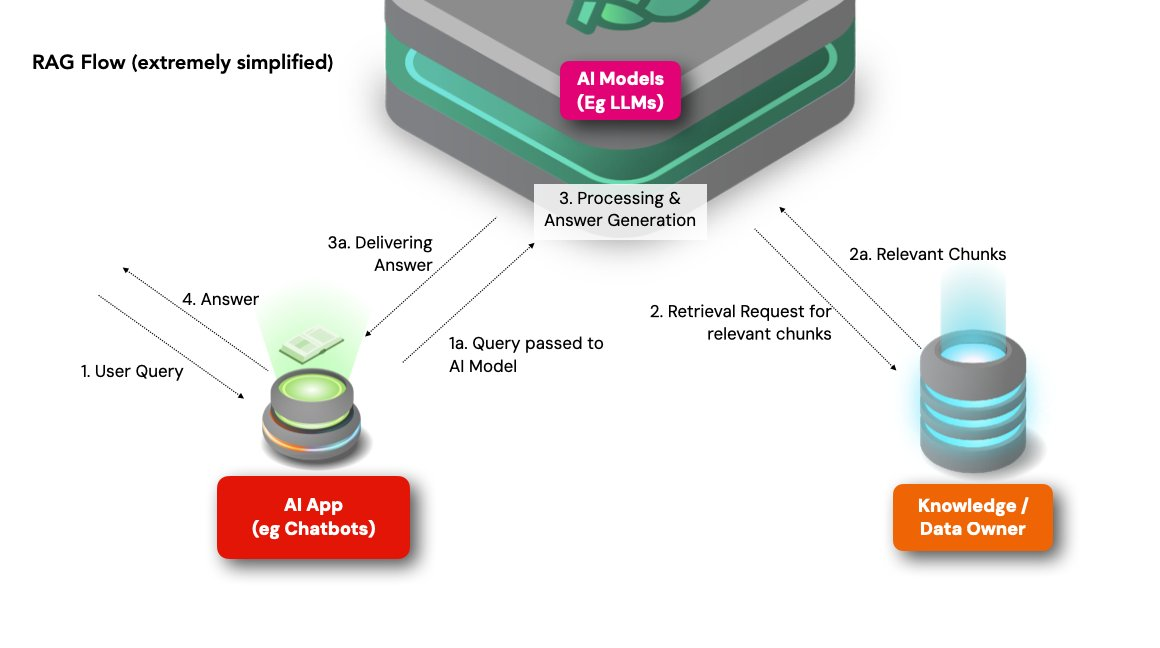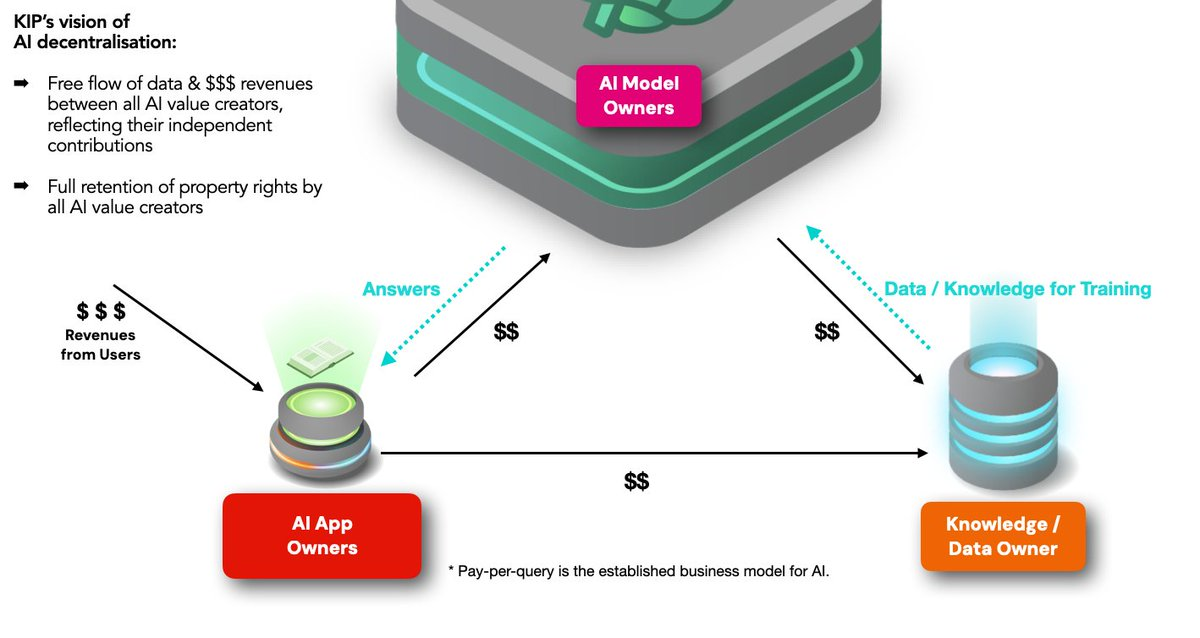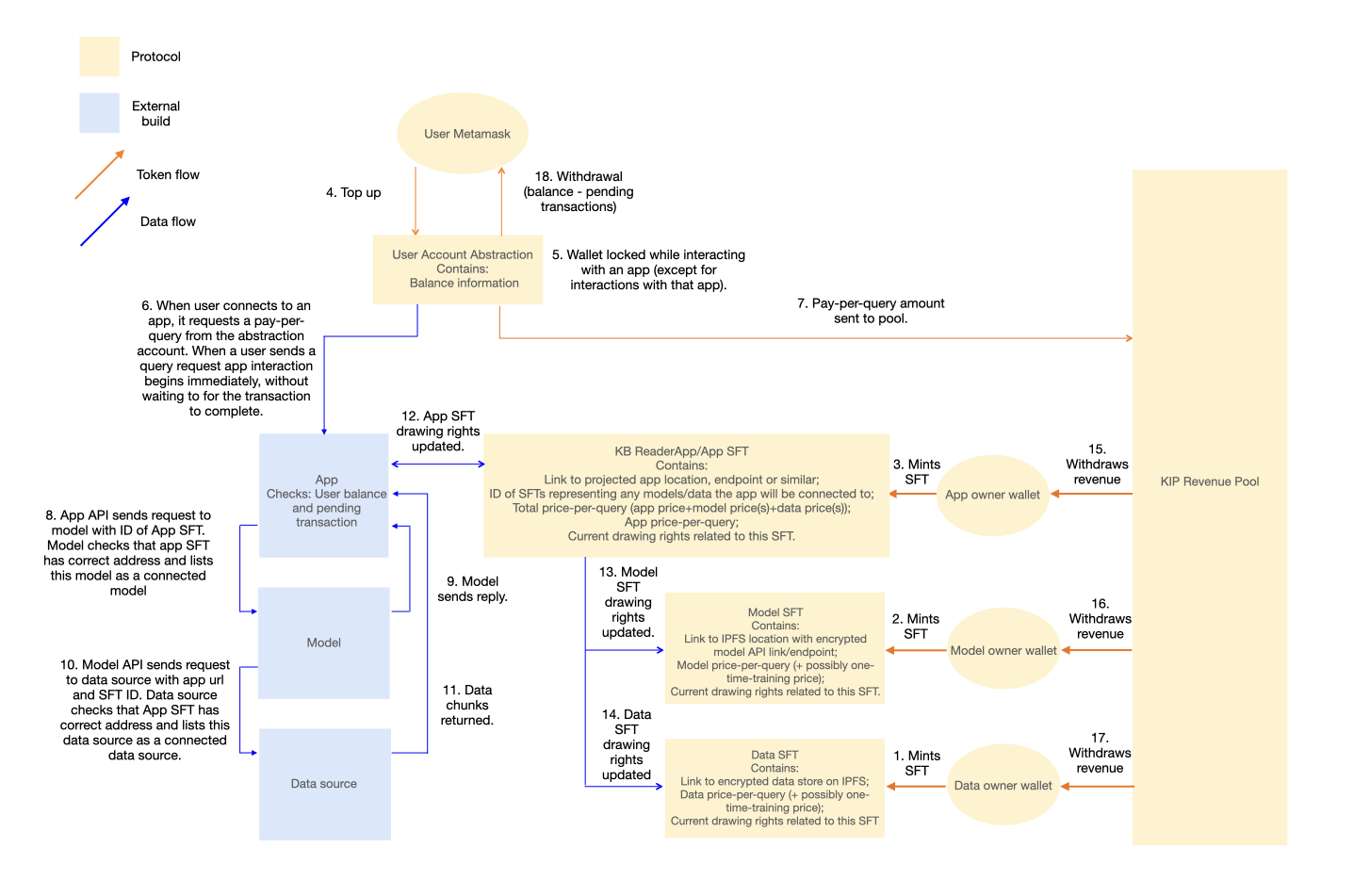SANYUAN Labs: Focusing on AI's Decentralized Web3 Underlying Protocol
OpenAI's Sora has once again ignited the heat in the AI track, and this bull market will certainly not miss the AI sector. Recently, I came across a new AI+Web3 project invested by Animoca, which also won the Tencent Cloud Award at last year's ChainLink Constellation Hackathon. Some may have guessed that this project is KIPprotocol. The self-introduction on the KIP protocol official website is "a decentralized Web3 underlying protocol focused on AI," aiming to develop a secure and efficient decentralized Web3 underlying protocol that allows AI creators (data owners, model makers, AI application developers) to: deploy their work on Web3, thereby retaining complete digital ownership, interacting and trading with other AI assets, and earning revenue without losing access control.
In recent years, after the explosion of artificial intelligence, AI+Web3 has been frequently mentioned. The decentralized nature, financial attributes, trustworthy execution of contracts, and privacy technologies that Web3 can provide seem to be the most fitting combination to facilitate the flow of various elements within the AI ecosystem. In the era of large models, most of the value is monopolized by large companies, inevitably leading to unfairness and isolation. Small companies or individuals, limited by their funding scale, can only do so much, while large companies hold the pricing power, leaving ordinary AI users with limited choices. If there were a credible mechanism that could enable hundreds of thousands of these small entities to collaborate on AI, could they create AI products that rival those of large companies?
If we connect various entities in the AI ecosystem through Web3, then on-chain, we need to provide unique identifiers for entities and tokenize the value provided by these entities, automatically realizing the transfer of value between entities through contracts in a tokenized manner, efficiently facilitating interactions between elements off-chain, and linking on-chain data. KIP protocol has built such a set of protocols.
In Kip, the concept of KnowledgeFi is mentioned, which refers to the tokenization of knowledge assets. The first issue to address is the confirmation of ownership of knowledge assets, establishing ownership for the knowledge asset owners. The solution proposed by Kip is to use semi-fungible tokens (SFT) under the ERC 3525 standard to represent the ownership of knowledge assets. Since ERC-3525 tokens are somewhat like wallets or contracts, possessing uniqueness and the ability to own and transfer other tokens, they can be used to represent different knowledge assets of users, uniquely indicating a specific user's knowledge asset while also containing income information related to that knowledge asset, facilitating the collection and distribution of asset income.
In the field of AI, data is an important element referred to as "fuel," which can be used in various AI scenarios, such as AI model training, RAG (Retrieval-Augmented Generation), etc., all of which require knowledge data. Model training is relatively easy to understand, but the RAG technology may not be well-known to the general public. KIP's Twitter "KIP Explainer Series: #2" (due to the technical nature of AI-related projects, KIP has created a column called "Explainer Series" on their Twitter to explain some of the technologies related to KIP, link: https://twitter.com/KIPprotocol/status/1759395956876017808) provides an explanation. In simple terms, it enhances the quality of information feedback from AI by querying a knowledge base independent of the AI model during user interactions with AI. This is because current AI models have not sufficiently learned "world knowledge," and some data may have sensitivity, privacy, or copyright issues that cannot be disclosed to the AI model, or some information may be too new for the AI to learn in time. Therefore, by adopting the RAG approach, when users pose questions, the AI model can retrieve relevant information from external knowledge bases and databases to generate answers it does not know. Since it only queries and does not need to acquire the entire data resource, it only requires query permissions, thus increasing the amount of knowledge that AI can utilize.
KIP is the first project to propose the decentralization of RAG and discusses the significance of decentralization for RAG: it provides a fair competitive environment for all value creators to combat AI monopolies, allowing AI to effectively function through the collaborative efforts of millions of small and large creators without needing a large company to coordinate every core function.
In different AI scenarios, the participants and payers may vary. For example, in the model training scenario, it may involve data assets and models; while in the RAG scenario, in addition to models and data assets, it will also involve apps and app users. In the RAG scenario, the payers are app users. In Kip's settlement layer design, the assets recharged by app users will be placed into the KIP income pool. Besides data assets, models and apps also have their own SFTs, which record the usage of specific data, models, and apps. This allows the wallets corresponding to these data, models, and apps to receive corresponding amounts of $KIP from the KIP income pool as income, thus achieving automatic income distribution.



The members of the Kip team are all Crypto-Native, including many senior technical experts and serial entrepreneurs in the AI field. The first dApp of the protocol is expected to launch in the first or second quarter of this year.
$KIP, as the only token in the KIP ecosystem, has functions such as trading, governance, community incentives, and participation in Launchpad, with a total supply of 10 billion tokens, of which 35% of the ecosystem fund is used to reward ecosystem builders, various promotional activities, and community rewards.

At this early stage, you can participate in KIP's GENESIS CAMPAIGN activity. The invitation code can be found in the DC, and there is a high possibility of community airdrops.
In my opinion, although many AI concept projects have emerged, many of these projects are merely riding the concept wave, and some cannot be implemented. KIP is one of the projects that closely integrates with AI and is accessible to ordinary AI users. KIP also has a growth flywheel: the more users that use it, the higher the revenue for data owners, models, and AI applications, leading to more data, models, and applications joining the protocol, providing a better user experience and promoting user scale growth. However, the activation of the flywheel requires giving users a reason to enter; initially, it may rely on token incentives, but once the incentive window passes, what remains for users is a user experience comparable to Web2 AI applications. In summary, I look forward to the product launch.









